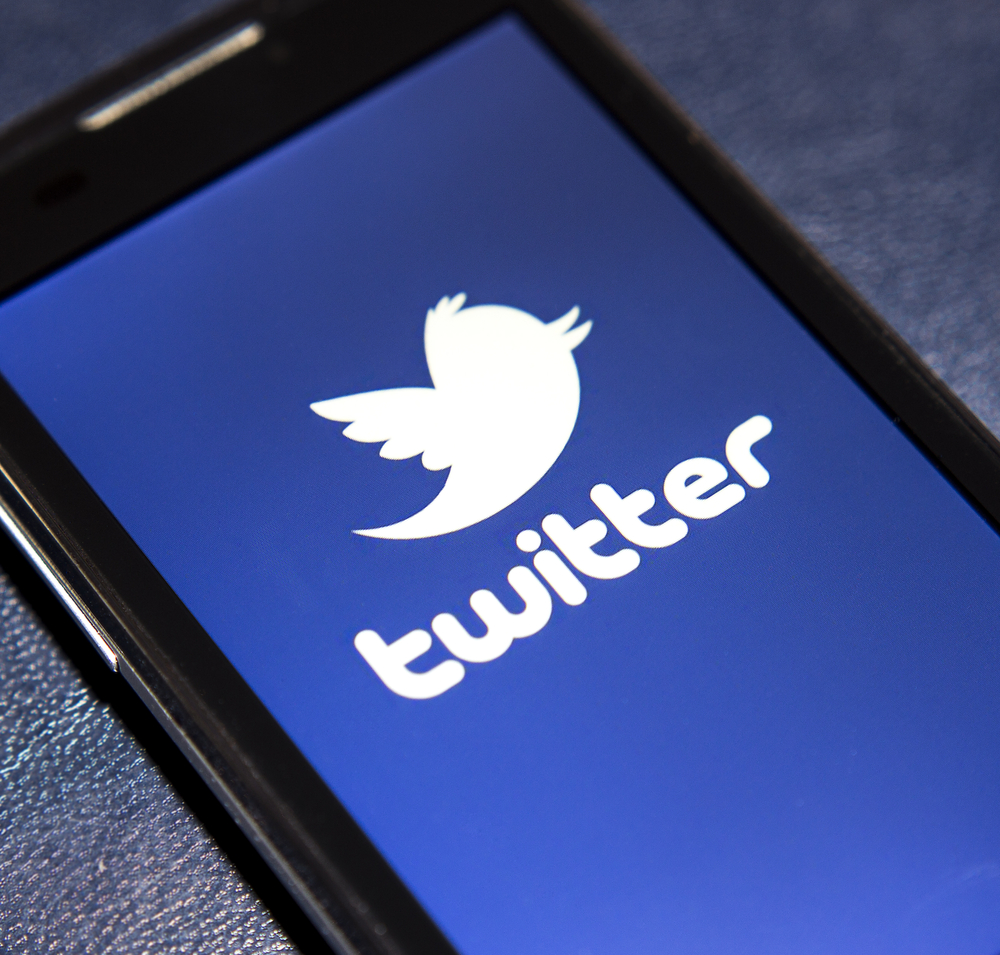The typical content marketing process is fairly straightforward: Use well-researched and useful blog posts and news stories to rank highly on SERPs, and augment campaigns with social media posts and email messages. However, the most important part of the entire marketing chain might be the call to action. Without the right language or interface, well-crafted landing pages or engaging blog content isn’t going to turn organic traffic into qualified leads.
Lights, content, action!
Good calls to action are straightforward. They can be forms asking readers to offer their email addresses, links to particular product pages or social media buttons connected to Facebook profiles or LinkedIn posts. What matters is that people are moved down the sales pipeline and are at least one step closer to an actual phone call or purchase.
Twitter recently announced it is beta-testing a new feature for native advertising on the platform. The system will allow users who view ads on Twitter to click an icon and instantly call the advertiser. This may seem like a giant step forward for social marketing and mobile advertising, but in many ways, it’s in line with what content marketers should already be doing.
Get to the point quickly
Web marketing shouldn’t beat consumers over the head with demands for phone numbers[contact info] or make them sign up for email updates before they can see any content. As Brafton has reported, customers greatly prefer to have businesses ask permission before sending them any additional marketing materials.
Customers greatly prefer to have businesses ask permission before sending them any additional marketing materials.
However, what it should do is eliminate as much of the time between first seeing a call to action and performing the desired action, which is what Twitter’s experiment intends to do. Some other ways marketers can take advantage of this effect include:
Recommend social actions. Buttons for networks like Facebook and LinkedIn are great, but marketers must suggest what people should actually do following the click. You can ask a consumer to share a post on Facebook, Retweet on Twitter or recommend that a B2B prospect connects on LinkedIn.
Offer a resource. Users often want to know more after reading blog posts or news stories, so give them a chance to read additional content. Let them know their email addresses are going to be used to gain access to an ebook or whitepaper.
Give them a call. If it works for Twitter, it can work for most small businesses. You don’t want to put your phone number all over the place, but click-to-call technology is already available for mobile searchers in Google’s Knowledge Graph. Be sure to register with Google+ Places and include all the right contact information so users can reach you instantly.
Twitter’s latest gambit might be for native advertisement, but it certainly offers clues into how rapidly companies are trying to get in touch with consumers. Don’t rush things, but don’t let leads get away after they’ve been interested in your content. Make internet marketing calls to action that leave little to the imagination.




